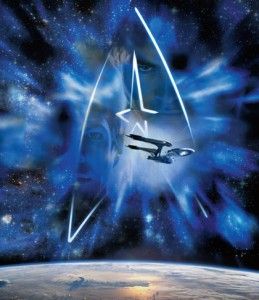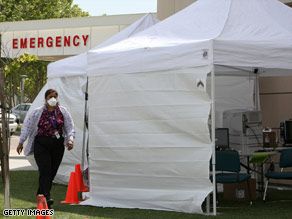May 18, 2009
Top 6 Upcoming Health Events
Posted by Alexandra Carmichael in categories: biotech/medical, events, futurism
The air is buzzing. People are talking about health more than ever before, and it’s good news for patients. Technology is making it possible for patients to take an active role in “participatory medicine”, partnering with their doctors to decide on the best course of action for their health.
Over the next few months, these 6 events will bring together patients, researchers, doctors, and health enthusiasts. Discussions, partnerships, and innovations will emerge. Keep your eye on these, and attend if you can!
1. TEDMED — October 27–30, http://www.tedmed.com
The medical version of the legendary TED conferences. From the TEDMED site: “The fifth in a series created by Marc Hodosh and Richard Saul Wurman, TEDMED celebrates conversations that demonstrate the intersection and connections between all things medical and healthcare related: from personal health to public health, devices to design and Hollywood to the hospital.” This year’s speakers include Dean Kamen, Craig Venter, Sanjay Gupta and Goldie Hawn..
2. Transform — September 13–15, http://centerforinnovation.mayo.edu/transform
A collaborative symposium at The Mayo Clinic Center for Innovation. From the Transform site: “Transform brings together a dynamic group of speakers and participants from inside and outside the health care industry to explore the intersections between human experience, health care delivery and new business models. Join us to imagine and create innovative ways to deliver a better health care experience in a 21st century world.”
 A younger science than physics, biology is more linear and less exotic than its older sibling. Whereas physics is (mostly) elegant and symmetric, biology is lunging and ungainly, bound to the material and macroscopic. Its predictions are more specific, its theories less sweeping. And yet, in the end, the exploration of life is the frontier that matters the most. Life gives meaning to all elegant theories and contraptions, life is where the worlds of cosmology and ethics intersect.
A younger science than physics, biology is more linear and less exotic than its older sibling. Whereas physics is (mostly) elegant and symmetric, biology is lunging and ungainly, bound to the material and macroscopic. Its predictions are more specific, its theories less sweeping. And yet, in the end, the exploration of life is the frontier that matters the most. Life gives meaning to all elegant theories and contraptions, life is where the worlds of cosmology and ethics intersect.







